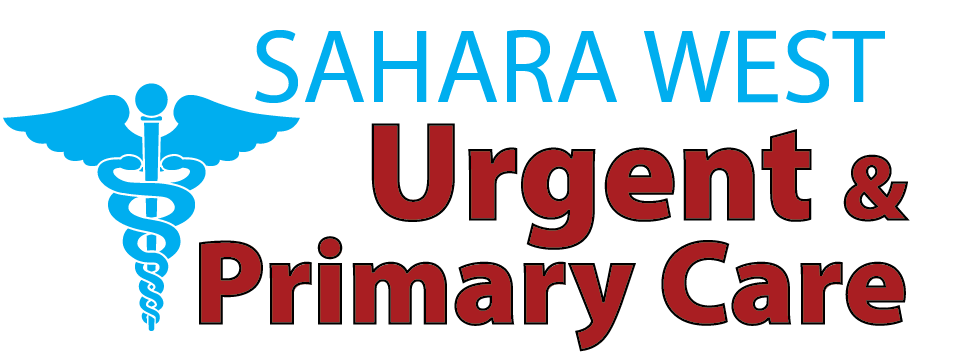Changing your primary care physician may seem an overwhelming experience, but it is a good step towards improved healthcare. Changing primary care physicians is something you might want to do after relocating to a new place, insurance changes, or even when you need someone with whom you can communicate successfully. With this guide, you will see how to change your primary care physician with a lot of success. The gradual approach will make sure that your medical history is transferred without a hitch, the new physician will suit you, and your treatment will be continuous.
Why You Might Want a New Primary Care Physician
You may be considering this change for several reasons:
- Quality of care and communication style: When you feel there is a problem with your current physician because they are busy, dismissive, or unclear about explaining the courses of treatment, a change of physician might make you healthier.
- Convenience and accessibility: A physician closer to home or work, and particularly one who supports telehealth or a doctor who has flexible hours, makes managing an appointment more convenient and less stressful.
- Insurance network updates: Suppose your provider switched plans or their current doctor, which can make a difference; you want to switch as well to make sure that you would not be exposed to high out-of-network prices, co-payments, and referral issues.
Review Your Health Insurance Plan
Before choosing a new doctor, check your insurance carefully.
- In-network vs. out-of-network coverage: Always prioritize physicians listed in your plan’s directory. This reduces co-pays and deductibles and ensures covered care.
- Primary care physician (PCP) policies: Some plans require referrals for specialists. Know whether your new PCP must issue referrals and whether they participate in your insurer’s programs.
Seek Recommendations and Read Reviews
Gathering feedback from trusted sources is invaluable.
- Family and friends: Ask people you trust for names of doctors who are attentive, empathetic, and have strong patient follow-up.
- Online ratings and reviews: Browse platforms like Healthgrades, Zocdoc, or Google for insights on wait times, appointment ease, office staff friendliness, and patient satisfaction.
Check Credentials, Experience, and Specialties
Ensuring your new doctor meets professional and personal criteria is essential:
- Board certification: Confirm certification in family medicine, internal medicine, or pediatrics, depending on your needs. This indicates ongoing medical competence and training.
- Special areas of interest: For chronic conditions (e.g., diabetes, mental health), look for doctors with documented experience in those fields.
- Language and cultural competence: If language preference is important, seek bilingual providers or those familiar with your cultural background for better rapport.
- Contact the Office to confirm availability. Prevent surprises by asking directly:
- New patient appointment wait time: Call and ask how quickly you can be seen—some offices offer same-week or telehealth appointments.
- Office policies for new patients: Inquire about required paperwork, insurance forms, and whether you can complete them online before your visit.
- Urgent care access: Ask whether they offer same-day slots or after-hours telehealth, crucial for timely care.
Notify Your Current PCP and Transfer Records
Proper communication ensures continuity.
- Communicate your decision. Inform the office of your current doctor nicely (some will insist you do it in writing).
- Release medical records. Fill in a signed records request form for your current practice and ensure that your new PCP has ordered it. In case it is taking so long, make a follow-up to ascertain whether your history is being transferred correctly.
Register with Your New Primary Care Physician
Being fully prepared makes your first visit go smoothly.
- Complete intake forms. Fill out medical history, medication lists, and insurance info in advance to avoid delays.
- Verify insurance enrollment: Double-check that the office has your policy information and confirms they are in-network.
- Set expectations: Ask about appointment frequency, availability, office policies, and how they communicate test results.
Schedule and Prepare for Your First Visit
Your first appointment sets the tone for your ongoing care.
- Gather essential documents: Bring ID, insurance card, medication list, lab reports, imaging results, and vaccination records.
- Prepare talking points: Make a list of current symptoms, health goals, concerns, family history, and wellness objectives.
- Plan for the appointment: Allow extra time, and expect 30–45 minutes with the provider to thoroughly review your history and assess next steps.
Tips for a Smooth Transition
These best practices help ensure seamless continuity:
- Keep care consistent. Maintain scheduled labs, screenings, and follow-ups even during the transition.
- Inform specialists: Notify any other providers about your new PCP so they can share progress and recommendations.
- Prompt follow‑ups: After your first visit, schedule any additional recommended tests or visits, helping you stay tracked and supported.
Common Pitfalls and How to Avoid Them
Avoid these mistakes to ensure a smooth transition:
- Skipping the insurance check: Always verify in-network status to avoid surprise bills.
- Letting transfer lag: Follow up on the record release to ensure continuity of care.
- Under‑preparing for the first visit: Arrive equipped with paperwork and questions to set clear expectations.
- Not communicating with specialists: Ensure all parts of your care network are informed to maintain coordination.
How Changing PCP Benefits Your Health
When thoughtfully executed, this change can significantly improve your healthcare:
- Better communication and trust often lead to more accurate diagnoses and proactive treatment.
- Increased access to preventive care and early health screenings.
- Improve chronic disease management by choosing a provider aligned with your health goals.
- Greater overall patient satisfaction, empowering you to take control of your healthcare journey.
Conclusion
It is a smart decision to switch your primary care physician In Las Vegas in order to boost your health. The process of verification of insurance, research of providers, transfer of records, and preparing before making your initial visit has been identified as ways to promote a smooth and patient-centered transition process. To schedule your appointment with the highest standard of care and visit Sahara West Urgent Care, visit our website.
Ready for better care? Start your search today—call your insurance, research doctors who match your values, and take charge of your health journey.
Frequently Asked Questions
How long does switching a PCP take?
Switching typically takes 1–4 weeks, depending on record transfer speed, appointment availability, and insurance verification.
Will I lose my medical history?
No. Your complete history will transfer if you properly request records and your new provider follows through.
Can I see the new PCP before the records arrive?
Yes. Many offices allow a first visit while awaiting your records, and then complete your file later.
Do I need to contact my insurance?
Absolutely. Notify your insurer of the PCP switch, and confirm the chosen doctor is in your network to avoid billing issues.
What if the new PCP isn’t a good match?
You can repeat the process at any time. Prioritize a doctor who respects your needs, listens attentively, and supports your health goals.





